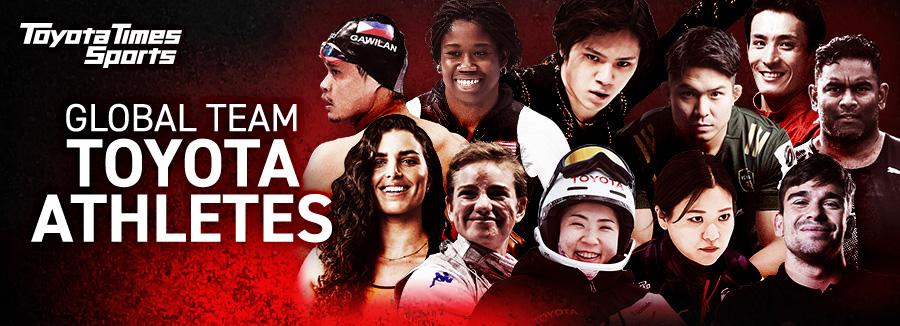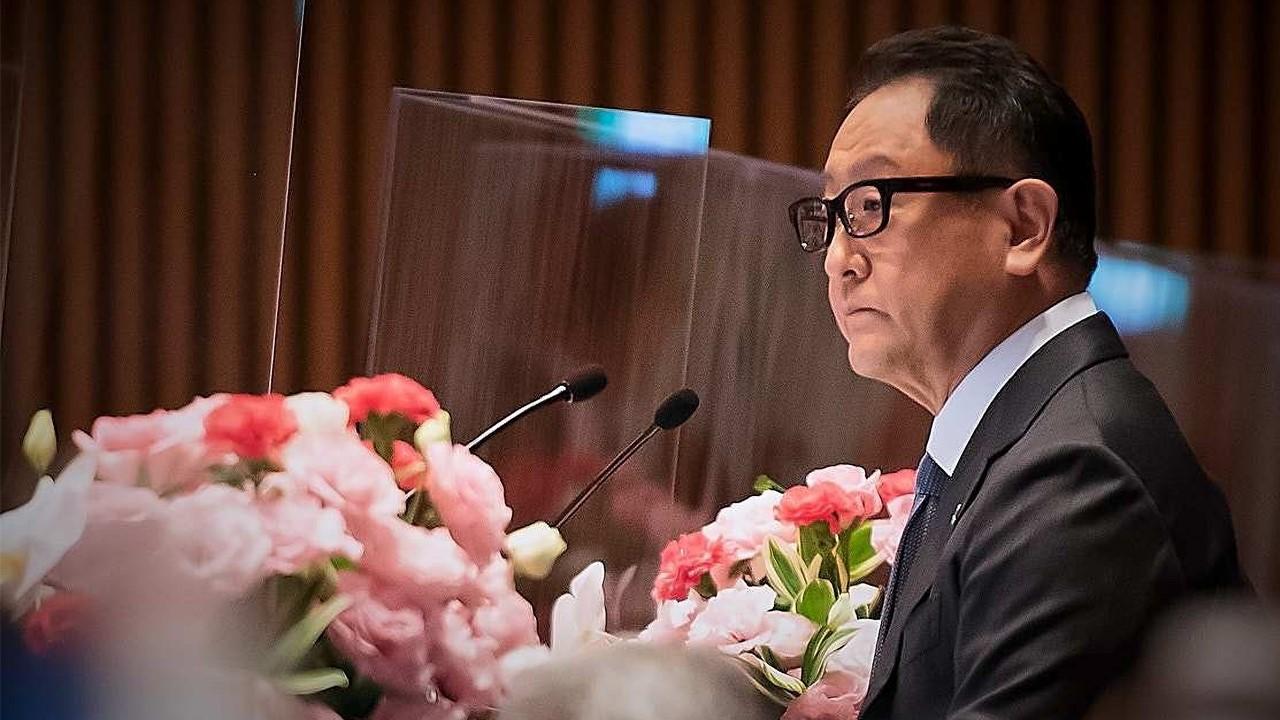
The sixth part of this Ordinary General Shareholders' Meeting series turns the spotlight onto Akio's conviction and determination-filled concluding remarks to shareholders who have long supported Toyota.

The first five parts of this series presented five different angles of the Q&A session of Toyota’s Ordinary General Shareholders’ Meeting (held on June 16 at the company’s headquarters in Toyota City, Aichi Prefecture).
After an hour and a half of exchanges between shareholders and management, deliberations came to an end. From there, the meeting shifted to voting on agenda items. At that point, Akio, as meeting chair, shared his final thoughts with the shareholders in what has become a customary occurrence over the past three years.
This year, Akio talked about a certain change that is taking place at Toyota.
Akio
At Toyota, many people are working together with various stakeholders in their respective genba (workplaces) on tasks of the present, past, and future.
Those working on the present tasks continue to build up power for the work of the future.
Those working on the past tasks are continuously making improvements in order not to carry over negative things to the future.
Those working on the future tasks are using the power generated by the work on the present and the past to take on new challenges in uncharted areas while sometimes making mistakes.
There is something I have realized about how Toyota has changed-it is that Toyota, which used to be a function-oriented company, has now become united as one.
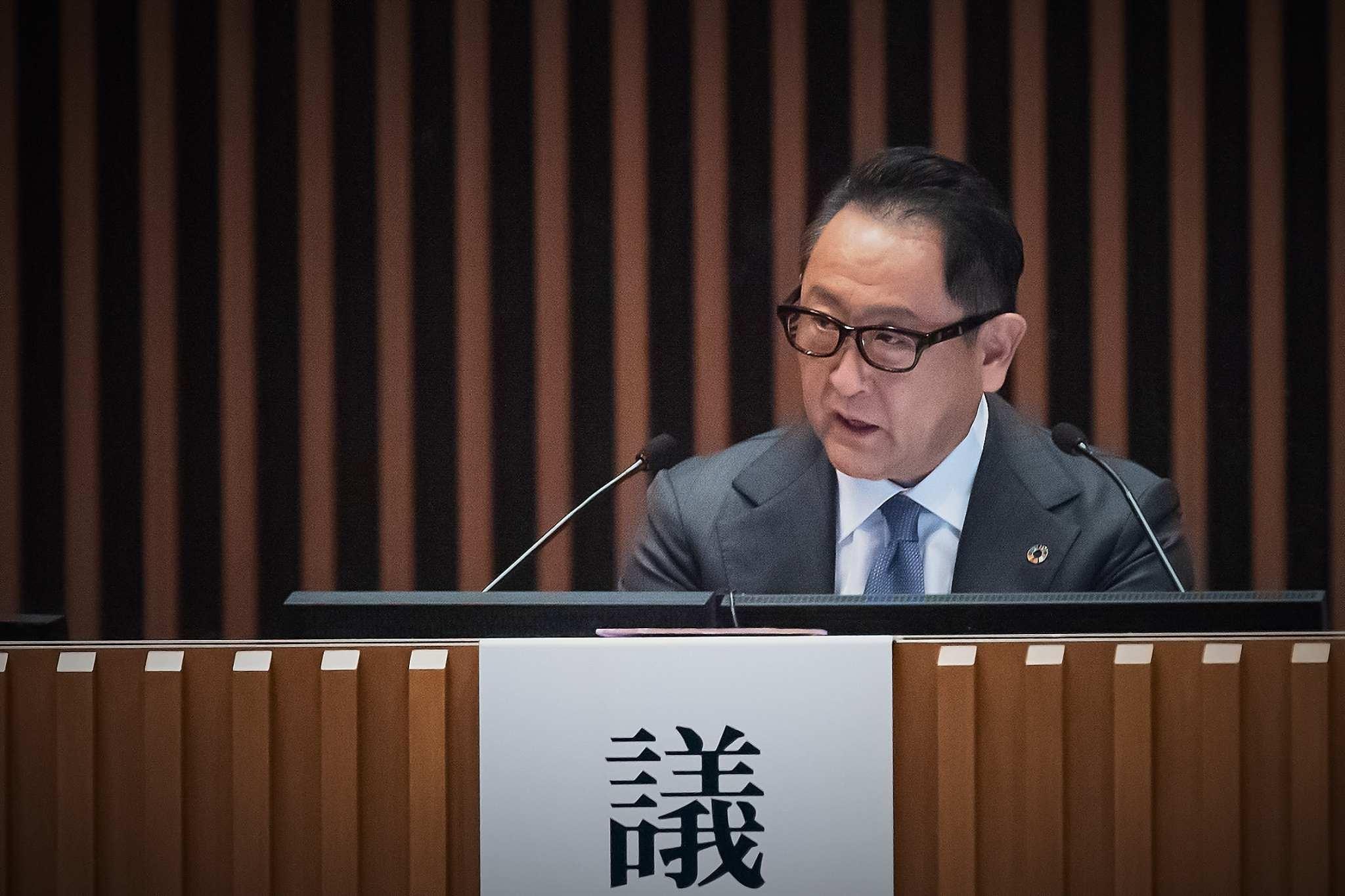
Among the shareholders who have attended Toyota’s Ordinary General Shareholders’ Meetings in the past, there might have been those who were able to relate to Akio’s words. That was because there was a sense of unity among the executives who spoke, including Akio.
As Toyota Times has mentioned earlier in this series, Akio, more than in previous years, left the answering of questions to other executives without following up with any remarks.
Akio routinely reminds Toyota’s operating officers: “You are not at the top of the company’s functions,” implying that all operating officers are part of a united management team that oversees Toyota as a whole and makes decisions, even though each one has a different area of responsibility.
So that members of the management team maintain a shared perspective, Akio has been holding a morning meeting once a week ever since he became president.
Although changes in the executive structure sometimes result in a change to the scope of those attending the meeting, the president, members of the board of directors, operating officers, and the chief officers of each internal group meet weekly for an hour and a half of free discussion on topics ranging from the latest developments to Toyota’s long-term management issues.
Because this meeting is not for reporting to top management, no approvals are sought, and no explanatory materials nor scenarios for the discussions are prepared.
Akio reviews the past week and explains his thoughts and feelings behind his decisions, as well as what led him to take action and other things that might not be so visible. Sometimes other attending members do the same on Akio’s behalf. In this way, much time has been spent on aligning perspectives and values as a management team.
It might be that Akio added little to supplement answers during the Q&A session this year because he felt that the other executives were getting closer to his idea of a management team.
That said, however, just having a united management team does not necessarily mean that all work can be accomplished by that team alone. It is also necessary to align the awareness of genba of even different functions and apply such awareness to one’s work. Akio talked about what is necessary to achieve this.
Akio
What is the driving force behind this? I think it is the mission.
“Let's make ever-better cars.”
“Let's aim to be the best-in-town, not the best in the world.”
“Let's achieve sustainable growth.”
“Let's work for someone else other than ourselves.”
What I have tried to convey to our 370,000 colleagues around the world is simply to think through the questions, “What is our purpose as a company? How can we contribute to the world?”
Last year, we established the Toyota Philosophy, in which we define “producing happiness for all” as Toyota’s unwavering mission.
I believe that a mission is not something to be shared through words, but rather, through work and action in genba that represents the mission on a genchi-genbutsu (going to the source to get the facts) basis.
When I was appointed president 12 years ago, I was asked about my aspirations, and I said, “I want to be the most ‘genba-oriented’ president.”
It’s not that I can foresee the future. What I can do, instead, is to give it a try together with colleagues at genba, and never stop moving forward while making mistakes and improvements on the way. That’s all I can do.
I believe that there is a world of difference between simply letting things run the course for the next 20 to 30 years, and how it might look in the next 20 to 30 years if we continue to take action with passion and with the will to make the future better.
As the “most ‘genba-oriented’ president”, I will continue to try to prove through my actions that we can absolutely change the future if we are all united as one under the mission of “producing happiness for all”.
Last month, after completing a 24-hour endurance race in a car powered by a hydrogen-fueled engine, Akio said something very similar to his racing team members.
“I believe that it is through ‘purposeful passion and action’ that we will create a future of carbon neutrality.”
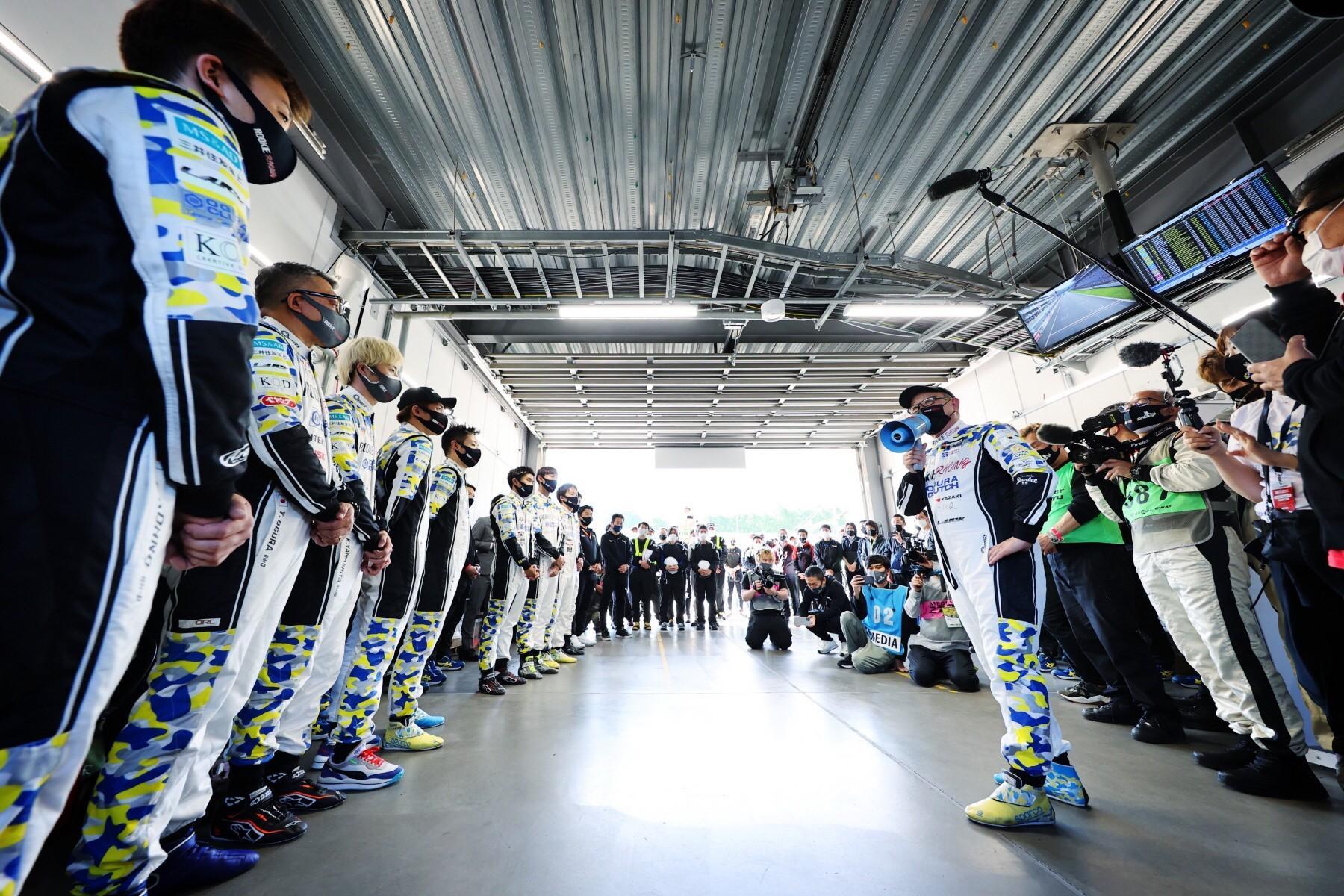
Another thing that similarly represents Akio's such thought was his comment in the beginning of the shareholders' meeting. As Toyota Times highlighted in the first part of the series, when asked to review his 12 years as president, Akio used specific figures to explain the social contributions that Toyota has made during the period.
Compared to Japan’s national budget of 100 trillion yen, Toyota’s cumulative sales totaled 300 trillion yen, and payments to suppliers totaled 230 trillion yen. Consolidated employees rose in number by 50,000, and wealth worth an estimated 250 billion yen made its way into household budgets. The company’s market capitalization rose by 20 trillion yen, which is equivalent to the revenue from Japan's 10 percent consumption tax.
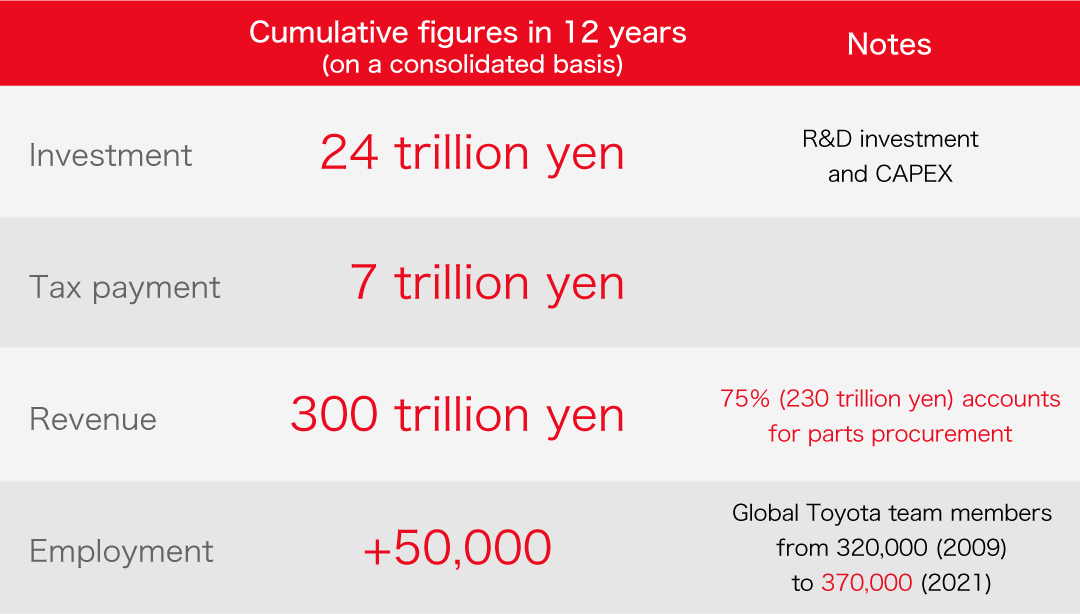

Why did Akio, who usually prefers not to talk about numbers, bring up such figures? It was because these numbers were much more than only numerical results—they represented the accumulation of the achievements of 12 years of working together with stakeholders, including dealers and suppliers, and they stood as proof that those achievements were only made possible due to “purposeful passion and action”.
During those 12 years, Akio adhered to his original intention of being “the most ‘genba-oriented’ president”, and he worked to change the future by directly putting himself in various genba.
Akio
It is thanks to you, our shareholders, who have supported Toyota and me for a very long time with mid-to-long term perspectives even in difficult times that we can continue our endeavor. I would like to show my deepest appreciation and ask for your continued warm support moving forward.
When he finished his speech, the venue erupted with the biggest round of applause of the day.
Although this year’s Ordinary General Shareholders’ Meeting came at the time of a crisis brought on by the COVID-19 pandemic, both management and shareholders were able to direct their time during the Q&A session at the future, rather than only at short-term present issues.
And the applause and warm words of encouragement from the shareholders present generated an almost tangible sense of management-shareholder unity.
Akio considers general shareholders’ meetings to be “an important opportunity to pause to review ourselves once a year like looking at ourselves in the mirror”. This year’s mirror carried a reflection of Toyota that was different from before in that it was a reflection of the close relationship between Toyota and its shareholders.

